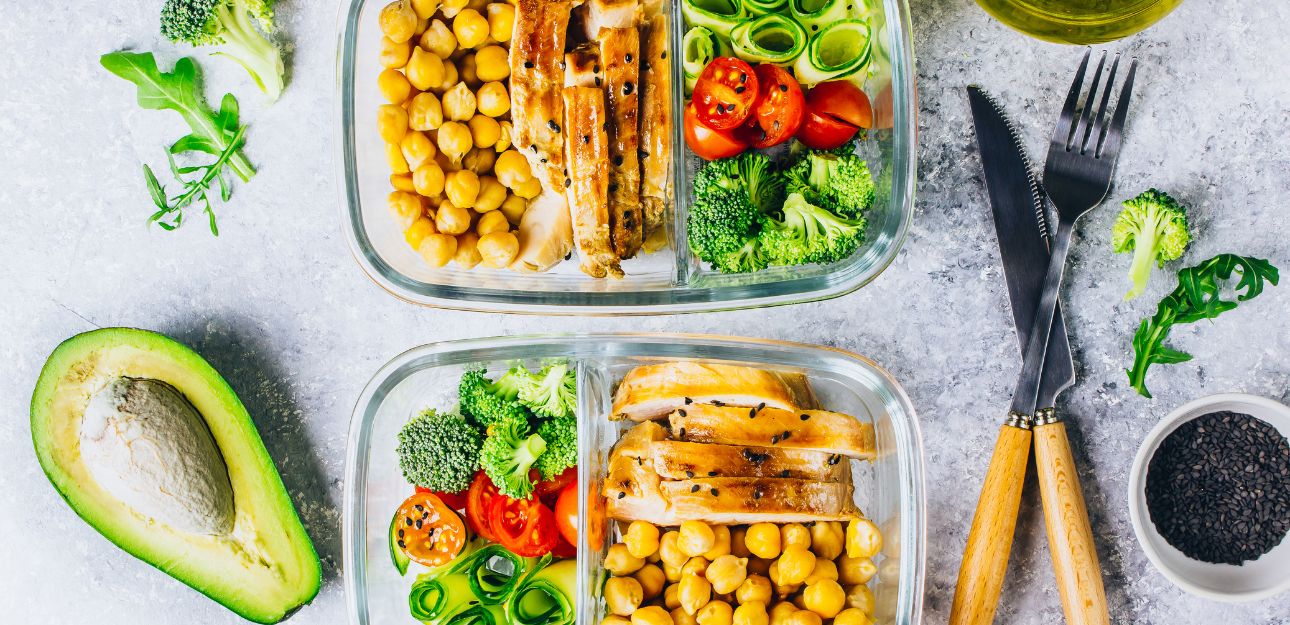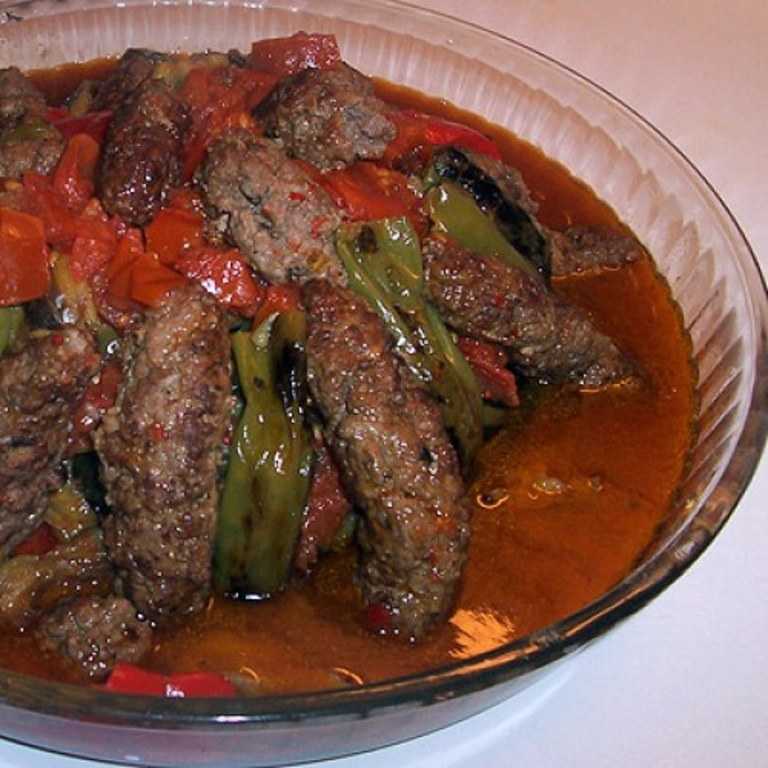Essential Tips for Eating Better
Meal preparation, or meal prepping, has become increasingly popular among individuals seeking to maintain a healthy lifestyle. It involves planning and preparing meals in advance, which can help save time, ensure balanced nutrition and support weight loss goals. For people with diabetes and seniors, meal prepping can be particularly beneficial in managing blood sugar levels and achieving a healthy weight. This article will explore ten ways individuals with diabetes and seniors can engage in meal prep to promote weight loss and overall well-being.
1. Balanced Macronutrient Distribution
When meal prepping for weight loss with diabetes or seniors, it is crucial to focus on a balanced macronutrient distribution. This means including adequate amounts of carbohydrates, proteins and healthy fats in each meal. Carbohydrates should primarily come from whole grains, fruits and vegetables, while proteins can be derived from lean sources, such as poultry, fish, legumes and tofu. Healthy fats like avocado, olive oil and nuts can also help enhance satiety and promote heart health.
2. Portion Control
Portion control plays a vital role in weight management, especially for seniors and people with diabetes. Meal prepping allows for portion control by dividing meals and snacks into appropriate serving sizes. This helps individuals avoid overeating and maintain stable blood sugar levels. Using portion control containers or dividers can be helpful when splitting meals into appropriate portions.
3. Fiber-Rich Foods
Fiber is an essential component of a healthy diet, especially for individuals with diabetes and seniors. It aids in regulating blood sugar levels, promoting digestive health and maintaining a healthy weight. When meal prepping, it is beneficial to include high-fiber foods such as whole grains, legumes, fruits and vegetables. These can be incorporated into salads, soups or side dishes to provide a satisfying and nutritious meal.
4. Slow Carbohydrates
For seniors and people with diabetes, choosing slow-digesting carbohydrates plays a crucial role in preventing spikes in blood sugar levels. Slow carbohydrates have a low glycemic index, meaning they are digested more slowly and cause a gradual rise in blood sugar levels. Examples of slow carbohydrates include whole grains like quinoa, brown rice and whole wheat bread. Meal prepping with these slow carbohydrates can help individuals with diabetes and seniors maintain stable blood sugar levels throughout the day.
5. Batch Cooking
Batch cooking is an excellent meal prep strategy for people with diabetes and seniors. It involves preparing larger quantities of meals and storing them in individual portions for later consumption. This approach saves time and ensures that healthy meals are readily available. Batch cooking can be done for dishes like stews, casseroles or stir-fries, which can be divided into individual servings and stored in the refrigerator or freezer.
6. Pre-cut and Pre-washed Produce
As seniors may experience difficulties with meal preparation, pre-cut and pre-washed produce can be a convenient option. This includes purchasing pre-cut fruits and vegetables, as well as pre-washed salad greens. These ready-to-use options can save time and effort in meal prep, while still providing the necessary nutrients.
7. Simple Snack Options
Healthy snacking is essential for people with diabetes and seniors who are trying to lose weight. Meal-prepping snacks can prevent reaching for unhealthy options when hunger strikes. Some simple snack ideas include pre-portioned bags of nuts, cut-up fruit, vegetable sticks with hummus or homemade energy balls made from nuts and dried fruits.
8. Mindful Planning and Variety
When meal prepping for weight loss and managing diabetes or catering to seniors, mindful planning and incorporating variety is key. Ensuring a diverse selection of fruits, vegetables, proteins and whole grains can help individuals receive a wide range of essential nutrients. This also helps prevent taste fatigue and keeps meals interesting and enjoyable.
9. Labeling and Dating
To maintain food safety and freshness, it is essential to label and date the prepped meals and snacks. This allows individuals to easily identify what is in each container and ensures they consume meals within their recommended shelf life. Labeling can be done with adhesive labels or simply using a marker on the container itself.
10. Seeking Professional Guidance
While meal prepping can be an effective strategy for weight loss for diabetes management and in seniors, it is crucial to seek professional guidance, particularly from a registered dietitian or nutritionist. These healthcare professionals can provide personalized meal plans and advice based on individual needs, dietary restrictions and medication considerations. They can also help adjust meal prep strategies based on changing health conditions or weight loss goals.
Final Notes
Meal prep can be a game-changer for people with diabetes and seniors who are looking to lose weight and maintain their overall health. However, it is important to consult with healthcare professionals to ensure personalized guidance and that adjustments are made as needed. With proper meal prep, individuals with diabetes and seniors can enjoy the benefits of convenience, saving time and improved health outcomes.

